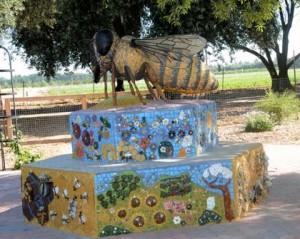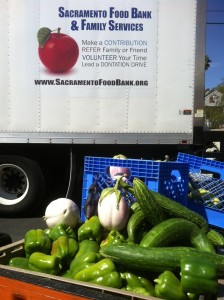
CDFA’s Video Interact Project, nominated for an Outstanding Achievement Award by the National Association of Chief Information Officers
There are two widely-known trends affecting the way state government does business in California. One, of course, is the remarkable advance of technology, and the other is a challenging budget climate that has altered assumptions in the workplace. In information technology, we are finding that we must adapt and innovate more than ever before, and we know that partnering with agency programs is a key to success. We are pleased and honored that two recent CDFA IT partnerships have been selected as finalists for 2012 Outstanding Achievement in the Field of Information Technology Awards presented by the National Association of State Chief Information Officers (NASCIO).
The first project, the Surveillance of Animal Diseases Through an Emerging Threats Identification System, is a comprehensive solution to the problem of animal disease and dairy food safety surveillance for threats that can cause huge economic losses, the death of millions of animals and disease in humans. Its web-based, GIS-enabled features provide CDFA and its partners with accurate animal population information and milk safety surveillance information at all times. Significantly, this system will not only be useful under emergency conditions, but it will also support day to day business operations related to food safety inspections and livestock and poultry disease testing. This daily use will ensure that the information remains current, and will also avoid duplication of effort and improve data integrity.
We call the other initiative the Video Interact Project (VIP). It’s basically a portable Skype cart, providing two-way, interactive video conferencing that enables CDFA employees to communicate with peers by voice, video, and instant messaging over the Internet. It works across urban and remote rural offices. The VIP solution demonstrates that government truly can do more with less.
NASCIO received 120 nominations from states for consideration for this year’s awards. Winners in 10 categories will be announced on October 23. We are thrilled to be considered.





